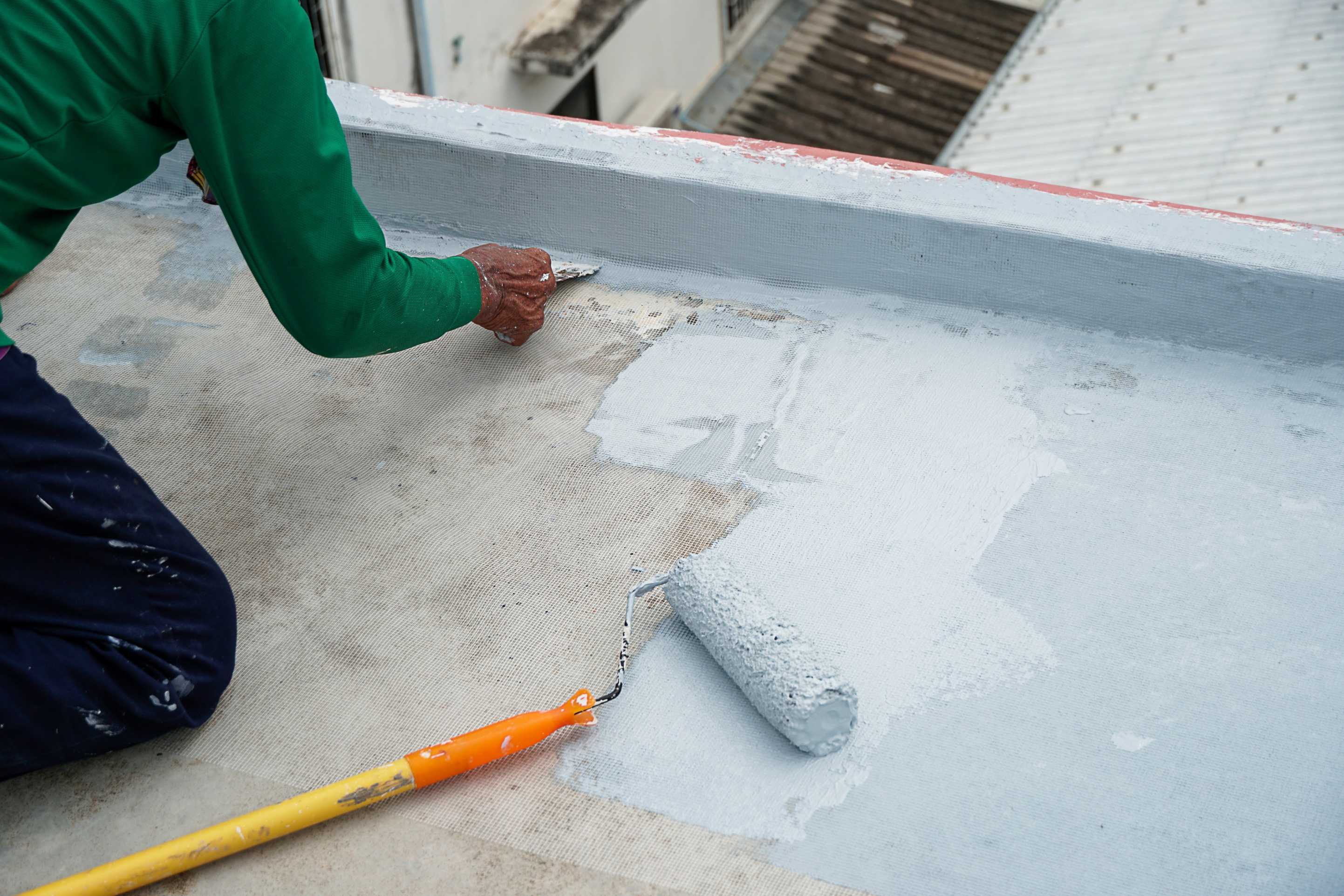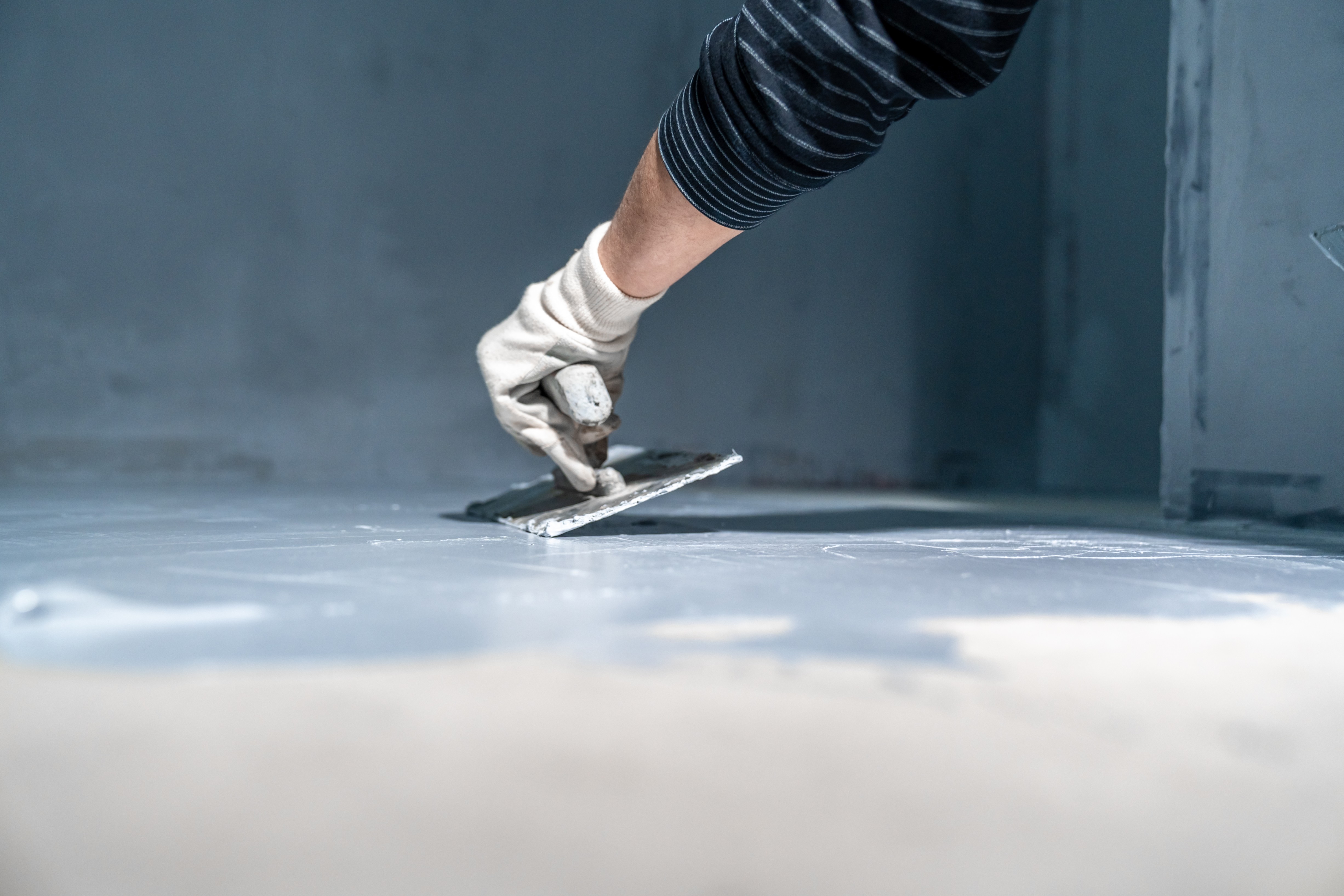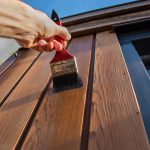Waterproofing is an essential aspect of maintaining a safe and durable home. It protects your property from water seepage and damage, preventing costly repairs and potential health hazards. In this blog, we will discuss the importance of waterproofing, explore different areas that require waterproofing, identify common causes of water seepage, understand how to detect water damage and delve into various types of waterproofing methods. Additionally, we will provide insights on factors to consider when choosing a waterproofing method and outline specific waterproofing procedures for different areas of your home. With Berger Paints’ scientific waterproofing solutions, you can safeguard your house effectively.
Importance of Waterproofing in Your Home
Waterproofing plays a vital role in maintaining the structural integrity of your home and protecting it from water-related issues. By implementing proper waterproofing measures, you can prevent water seepage, dampness, mould growth, and damage to various building components. Waterproofing not only ensures a longer lifespan for your property but also enhances its overall value. It is crucial to address waterproofing concerns in different areas of your house to ensure a dry and secure living environment.
Understanding Different Areas that Require Waterproofing
Basements and Cellars
Basements and cellars are prone to water seepage due to their below-ground location. Factors such as hydrostatic pressure, inadequate drainage, and cracks in the foundation can lead to water infiltration. Waterproofing these areas is essential to prevent water damage, dampness, and mold growth, which can compromise the structural stability of the building.
Roofs and Terraces
Roofs and terraces are exposed to harsh weather conditions and are particularly vulnerable to water penetration. Cracks, inadequate slope, and improper drainage can result in roof leaks and subsequent damage. Effective roof waterproofing methods and terrace waterproofing methods are recommended to protect your home from water seepage.
Bathrooms and Kitchens
Bathrooms and kitchens are high-moisture areas where water usage is frequent. Improper waterproofing in these spaces can lead to water seepage, causing damage to walls, floors, and adjacent areas. It is vital to employ effective bathroom waterproofing procedures to prevent moisture-related problems, such as mould growth and deterioration of fixtures and surfaces.
Foundation and Walls
The foundation and walls of your house are the primary defense against water intrusion. However, cracks, faulty drainage systems, and poor construction practices can result in water seepage and dampness. Waterproofing the foundation and walls is crucial to maintain the structural integrity of your home and prevent moisture-related issues.
Common Causes of Water Seepage and Damage
Understanding the common causes of water seepage and damage is essential to identify the areas that require immediate waterproofing attention.
- Cracks in the foundation or walls
- Poor drainage systems
- Inadequate slope on roofs and terraces
- Damaged or deteriorated waterproofing layers
- Plumbing leaks or faulty pipe installations
- Improperly sealed joints and gaps
How to Identify Water Seepage and Damage
Detecting water seepage and damage in your home is crucial to address the issue promptly.
- Damp or wet spots on walls, ceilings, or floors
- Musty odors or mold growth
- Peeling paint or wallpaper
- Cracked or deteriorated surfaces
- Efflorescence (white deposits) on walls
- Stains or discoloration
Types of Waterproofing Methods
There are various types of waterproofing methods, each designed for specific areas and requirements.
- Cementitious Waterproofing:
- Ideal for basements, cellars, and below-ground areas.
- Involves applying a cement-based coating to create a waterproof barrier.
- Liquid Waterproofing Membrane:
- Suitable for roofs, terraces, and other horizontal surfaces.
- Involves applying a liquid membrane that forms a seamless and durable waterproof layer.
- Bituminous Coating Waterproofing:
- Effective for roofs, terraces, and foundations.
- Involves applying a bitumen-based coating to provide excellent water resistance.
- Polyurethane Liquid Membrane Waterproofing:
- Suitable for roofs, terraces, and balconies.
- Involves applying a flexible and UV-resistant polyurethane membrane.
- Acrylic Waterproofing:
- Ideal for bathroom and kitchen areas.
- Involves applying an acrylic-based waterproof coating to protect against water damage.

Factors to Consider When Choosing a Waterproofing Method
When selecting a waterproofing method, consider the following factors:
- The area that requires waterproofing
- The cause of the water seepage
- Durability and lifespan of the waterproofing method
- Compatibility with the building materials
- Cost-effectiveness and budget considerations
Waterproofing Procedures for Different Areas of Your Home
Waterproofing Basements and Cellars:
- Clean the area and repair any cracks or damage.
- Apply a cementitious waterproofing coating or a liquid membrane.
- Ensure proper drainage and install a sump pump if required.
Waterproofing Roofs and Terraces:
- Inspect the roof for cracks, leaks, and damaged surfaces.
- Repair any identified issues.
- Apply a suitable waterproofing method, such as a liquid membrane or bituminous coating.
Waterproofing Bathrooms and Kitchens:
- Prepare the surfaces by removing old sealants or coatings.
- Repair any cracks or damage.
- Apply an acrylic waterproofing coating to the walls and floors.
- Pay special attention to areas around sinks, showers, and pipes.
Waterproofing Foundation and Walls:
- Clean and inspect the walls for cracks and damage.
- Repair any identified issues using suitable sealants or repair compounds.
- Apply a cementitious waterproofing coating or other appropriate methods.
Benefits of Berger Scientific Waterproofing
Berger Paints offers a range of scientific waterproofing solutions designed to provide effective protection for your home. With their advanced products and expertise, you can benefit from:
- High-quality and durable waterproofing solutions
- Superior resistance to water seepage and damage
- Cutting-edge technology and techniques for long-lasting results
- Expert guidance and support from experienced professionals
Conclusion
Waterproofing is a crucial aspect of maintaining a secure and long-lasting home. By understanding the different areas that require waterproofing, identifying common causes of water seepage, and choosing the appropriate waterproofing methods, you can effectively protect your property from water-related issues. Berger Paints’ scientific waterproofing solutions offer advanced technologies and expert guidance to ensure durable and reliable protection for your home. Don’t wait until water damage becomes a significant problem—take proactive steps to safeguard your house today with the latest waterproofing techniques and methods.
FAQs
What is waterproofing, and why is it important for different areas of the house?
Waterproofing is the process of applying materials to prevent water penetration and protect against damage. It is crucial for different areas of the house to prevent water seepage, dampness, mold growth, and structural deterioration, ensuring a longer lifespan for your property and a safe living environment.
What are the common waterproofing materials used for different areas of the house?
Common waterproofing materials include cementitious coatings for basements, liquid membranes for roofs and horizontal surfaces, bituminous coatings for roofs and foundations, polyurethane membranes for roofs and balconies, and acrylic coatings for bathrooms and kitchens.
What are the signs that my house needs waterproofing?
Signs include damp spots, musty odors, peeling paint, cracks, efflorescence, stains, or discoloration on walls, ceilings, or floors.
Can I use waterproofing on my swimming pool or fountain?
Yes, specialized waterproofing products and techniques are available for swimming pools and fountains to prevent leakage and maintain structural integrity. Consult waterproofing professionals for the best results.
What precautions should I take during the waterproofing process?
Follow the instructions, prepare surfaces properly, use protective gear, work in a ventilated area, allow proper curing and drying time, and consult professionals for large or complex projects.


 Get in Touch
Get in Touch
